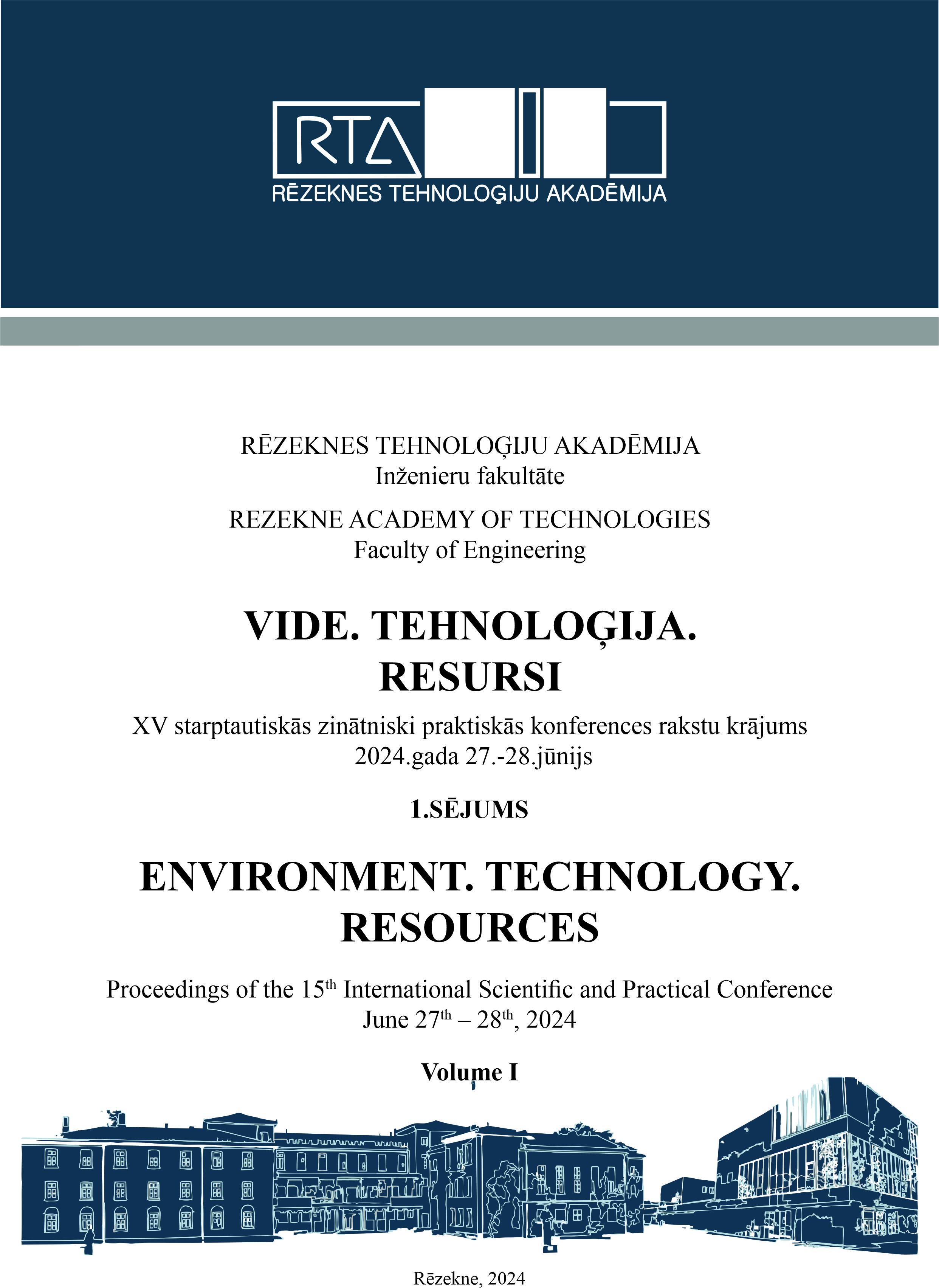PROVING OPTIMIZATION BY COMPARISON OF BUSINESS PROCESSES
DOI:
https://doi.org/10.17770/etr2024vol1.7968Keywords:
business process analysis, business process optimization, business process optimization proofAbstract
One of the biggest problems in the practice of any business process analyst is how to prove the process optimization they have performed to the management and/or the management of the company/organization, who are neither specialists in business process analysis (at least in most cases) nor specialists in higher mathematics (even more rarely).
The problem is further complicated by:
- the fact that the introduction of changes in a business process can also change the related business processes (the so-called "process chain reactions"), which could lead to a change in the functioning of the entire business process system of the firm/company under consideration (and in the whole spectrum from "extremely positive development" to "total degradation" and even bankruptcy/closure) if not taken into account;
- the right-proportional "objectivity-complexity" ratio of the methods that could be used for the purpose (i.e. the more objective and accurate a method is, the more complex it is);
- overly complex (especially from a mathematical point of view) methods look unconvincing in the eyes of the management/management of the company/organisation;
- overly simple (especially from a mathematical point of view) methods look unconvincing in the eyes of the more mathematically and/or more analytically oriented leadership/management of the company/organization;
It is therefore necessary to find a method (or more than one) that meets the following conditions:
- allows the objective evaluation of business processes;
- allows the comparison of business processes before ("as-is") and after ("to-be") optimization;
- allows the consideration of business process changes that are related to the optimized business process - i.e. evaluates and analyzes process chain reactions;
- compares similar business processes - for example, the stocking processes of two different firms/companies.et.
References
V.S. Gladchenko, Viral Business Processes.2020 , ISSN 2367-8437, UTP,
V.S. Gladchenko, Emergence of viral business processes, 2022. ISSN 2367-8437, UTP
V.S. Gladchenko, Viral Business Process Modelling (ENG), 2023, ISSN 2367-8437, UTP
Business Process Optimization Publishing, Business Process Optimization A Complete Guide - 2021 Edition, 2020ISBN: 978-1867419747
A. Hussein Business Analysis and Process Modeling Guidebook: Business Analysis Techniques and Business Process Improvement, 2023, ISBN: 979-8985743401
T. Gigante, Conversion Optimization: Understanding The Process Of Optimization, 2022, ISBN: 979-8352599648
K. Sherle, Business Guide: Exploring The How, What And Why Of Business Process Optimization: 5 Steps For Process Optimisation, 2021, ISBN: 979-8457920163
Snyman, Practical Mathematical Optimization (Springer Optimization and Its Applications, 133), 2018, ISBN: 978-3319775852
Downloads
Published
Issue
Section
License
Copyright (c) 2024 Plamen Pavlov, Victor Gladchenko

This work is licensed under a Creative Commons Attribution 4.0 International License.



